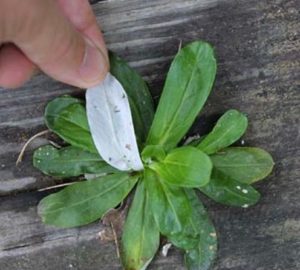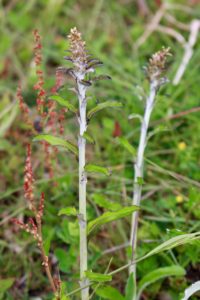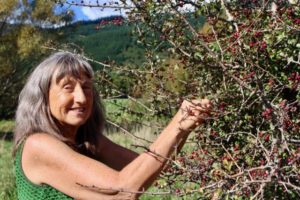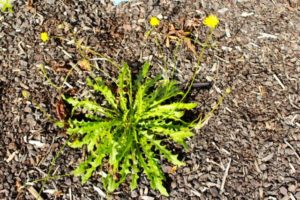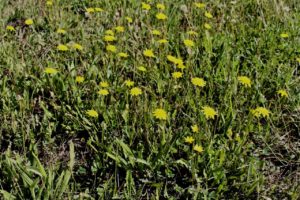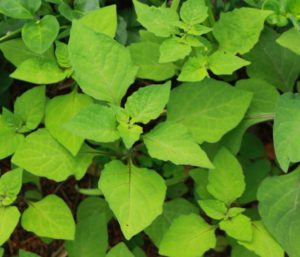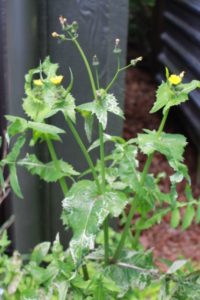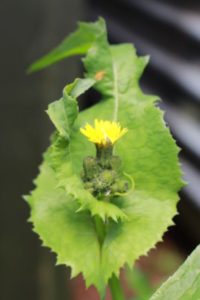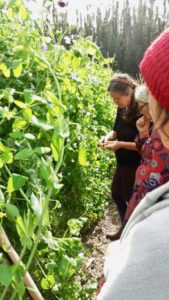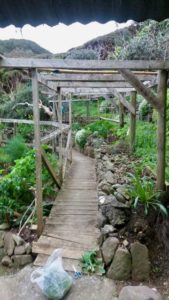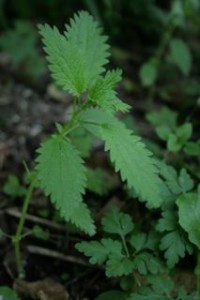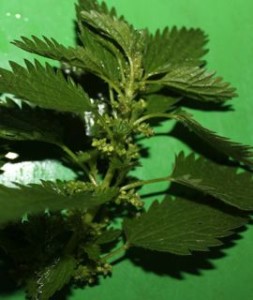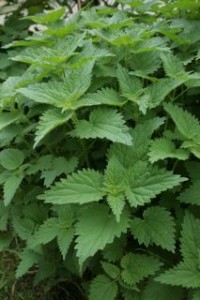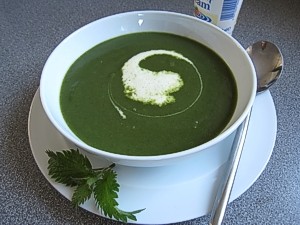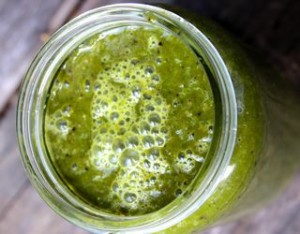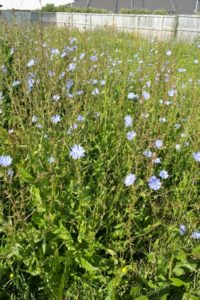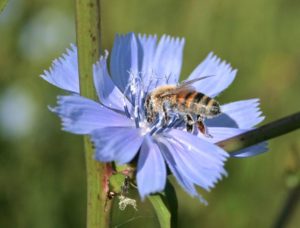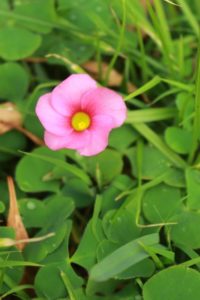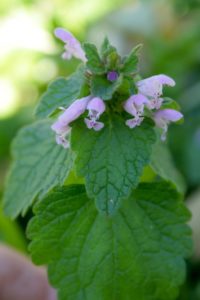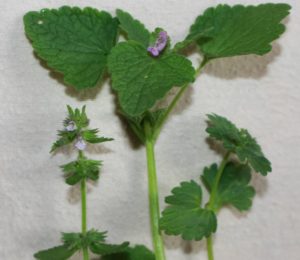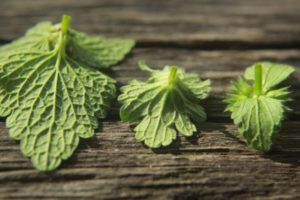Cudweed – Gamochaeta coarctata (formaly Gamochaetata spicata)
I’ve seen and known about Cudweed in my foraging for some time, but this is the first time I’ve ever written about it. Cudweed’s unusual feature is the dual colour of the leaves which are bright green and smooth on the upper surface and white underneath. The white being densely matted hairs looking like a piece of felted material when seen up close. Hence Cudweeds’ Greek name Gamochaeta means joined
bristles and the former name spicata is latin for spike, or ear of grain. This refers to the flower spike the plant sends up 15-20cm from the rosette of leaves. There are many tight clusters of small, whitish flowers which look rather dull and inconspicuous compared to bright, bold dandelions and sunflowers who also belong in the Asteraceae family of plants. The leaves don’t have stalks, they radiate straight out from the centre of the rosette and die off by the time the flower stalks grow up. There are leaves up the stems which get smaller and thinner nearer the top and are absent at the very top where the flower clusters sit.
